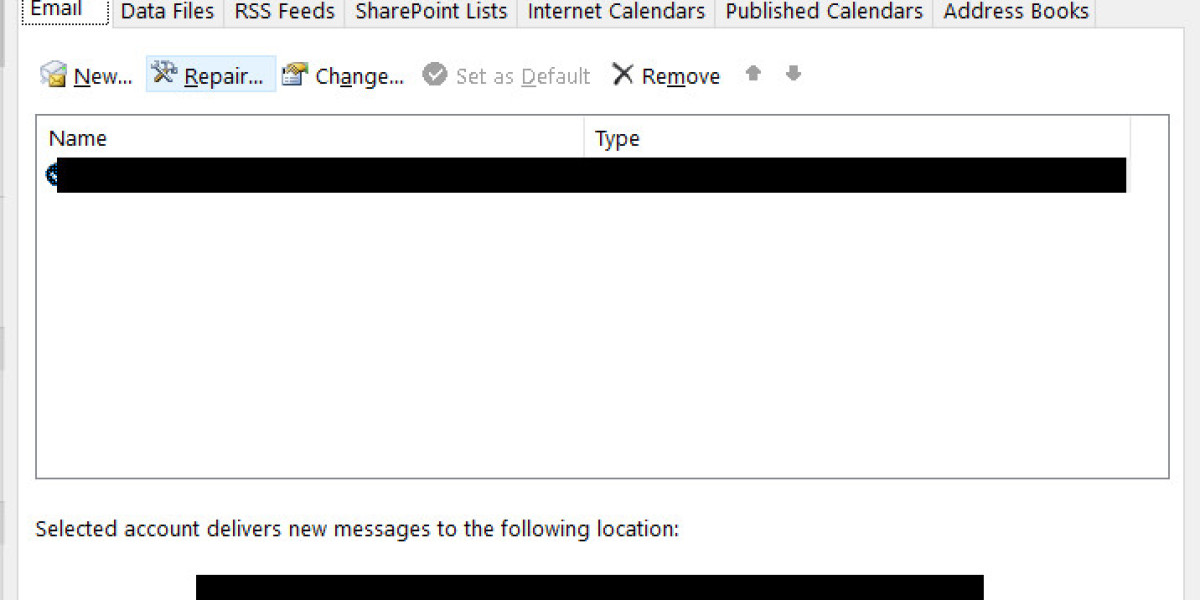Content

After hitting Enter, you might not see any visible feedback. This lack of response simply means that the command was successful. Occasionally, users may flush their DNS cache only to realize that issues persist, such as slow-loading sites or connection errors. These may be attributed to more than just outdated records; they could include other underlying network issues. Each of these commands plays a vital role—essentially refreshing your system’s memory regarding domain names.
Step II: Check Network Settings
You can experience sync issues in Outlook due to poor or no network connectivity. So, first check if your internet connection status shows disconnected connection is stable and working properly. If the connection is slow or inconsistent, you can restart the router or contact your internet provider/IT admin for help. Should problems continue after flushing your cache, examining additional factors like connectivity settings or even external influences such as your internet service provider might be worthwhile. Regular maintenance improves performance and helps ensure a seamless browsing experience.
- When it comes to troubleshooting your internet connection, understanding how a simple act like flushing your DNS cache can remedy multiple problems is key.
- Sometimes trouble can originate from the router side of things rather than your individual device.
- This lack of response simply means that the command was successful.
- A few simple commands in Terminal can refresh this data and regain your network connection.
- I have a user that is testing our new 2016 server (about 10 testers so far total), who is getting an error that others are not.
- Remember that while you type your password, no characters will appear in the Terminal for security reasons; just hit Enter once you’ve typed it.
- If not, you can completely uninstall Microsoft Office and then reinstall it.
Method 2: Check if the Work Offline Mode is Disabled
This tool is designed to extract mailbox items from orphaned or inaccessible OST files. This command checks the listening services for DNS queries on port 53. Being informed about your system’s configuration allows for a much smoother experience when addressing connectivity issues later on. By adopting Outlook OST vs PST repair flushing DNS cache as part of your routine tech maintenance, you’re better equipped to tackle frustrating internet issues while enhancing both speed and security.

Having established how flushing the DNS cache aids in troubleshooting network woes, let’s shift our focus to what to consider if challenges linger afterward. With methods for Mac covered, let’s now explore how other systems manage their DNS cache flushing Outlook profile repair and recovery steps process effectively. In the Command Prompt window that has popped up, type ipconfig /flushdns and press Enter. Take a breath and watch as your screen returns a message that confirms all those stale entries in your DNS Resolver Cache have been successfully flushed away.

Solutions to Fix the Sync Issues in Outlook
The quickest method is to press Win + R, which opens up the Run dialog box like unlocking a door to an entire world of settings. What you’re doing here is providing your system with commands that can reshape its behavior. Now, manually sync your mailbox using the Update Folder button under the Send/Receive tab.
The journey of an Email: From sender’s domain to recipient’s inbox!
Imagine being able to load websites faster just by executing this simple command! This procedure proves especially useful if you’ve noticed that certain web pages are loading slowly or displaying outdated information after changes were made in your network configuration. This often happens because the cached DNS record is stale or incorrect. Flushing that cache wipes the slate clean, allowing your computer’s resolver to fetch the latest and most accurate IP addresses for websites. However, it’s worth noting some concerns from users on community forums regarding whether flushing the DNS could disrupt active connections.
What Our Users Say
But beyond just solving existing problems, understanding how this process works can help enhance your overall browsing experience. If not, you can completely uninstall Microsoft Office and then reinstall it. Now, restart Outlook and check if Outlook synchronization is working. You can check the error message to find the cause behind the sync issue and fix it. If an external address just do your own forward lookup zone in your DNS servers and deal with it there for your internal clients. He can connect fine at home thus far, this issue seems present only when connected to our internal network.
Method 11: Clear Outlook Cache
After successfully flushing your DNS cache, if you’re still experiencing issues with connectivity, it can feel frustrating. A common problem users face is that certain websites might continue to be inaccessible or slow to load. This isn’t unusual—specific hiccups can arise when the system is still resolving domain name associations post-flush.
Now, let’s look at specific challenges that this simple action can resolve effectively. Resolving these concerns shouldn’t take long either; averages suggest that fixing slow connections often takes around 15 minutes, while addressing website access issues typically wraps up in about 10 minutes. Sometimes trouble can originate from the router side of things rather than your individual device. Restarting your router can refresh its internal processes much like restarting a computer would do for your operating system. One of the main benefits of flushing your DNS is the refreshing of these stored records.



